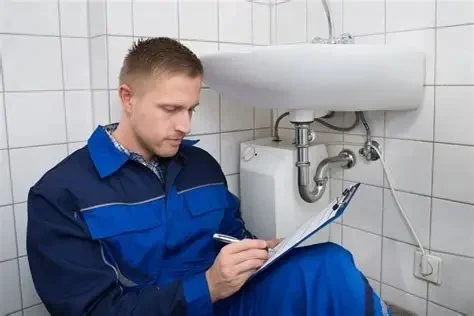
- 1. How to Inspect Your Plumbing System: Getting Started
- 2. Checking for Leaks and Drips in Pipes and Faucets
- 3. Inspecting Your Water Heater for Signs of Wear
- 4. Analyzing Your Drainage System: What to Look For
- 5. When to Call a Professional: Knowing Your Limits
1. How to Inspect Your Plumbing System: Getting Started
As a homeowner, conducting regular plumbing inspections can help you catch small issues before they become major problems. A DIY plumbing inspection can save you money and prevent water damage in the long run. Start by gathering essential tools like a flashlight, plunger, pipe insulation, and a wrench. Having these tools on hand will make your inspection process more efficient.
Begin with an overall assessment of the plumbing system inside and outside your home. Check exposed pipes in the basement, crawl space, or under sinks for signs of corrosion, moisture, or any visible cracks. The earlier you spot problems like these, the less likely they are to result in expensive repairs.
2. Checking for Leaks and Drips in Pipes and Faucets
Leaks and drips can occur anywhere in your plumbing system, and even a small, slow leak can waste a significant amount of water over time. Inspect all faucets in your home, checking both hot and cold water for any dripping. If you find any, tighten the faucet handles or replace washers as needed.
Don’t forget to inspect the pipes under sinks and around appliances like the dishwasher and refrigerator. Use a flashlight to closely examine the areas around pipe joints for moisture or signs of water damage. A leak detector or even a simple tissue can help identify moisture in hard-to-see areas.
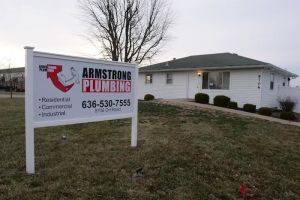
Armstrong Plumbing
Lake Saint LouisSt. Charles CountyMissouri
8706 Orf Rd, Lake St Louis, MO 63367, USA
3. Inspecting Your Water Heater for Signs of Wear
The water heater is a critical component of your plumbing system, and ensuring it’s in good condition can help prevent costly breakdowns. Start by checking the water heater’s temperature setting to ensure it’s not set too high, which can cause scalding or energy inefficiency. A setting of 120°F is ideal for most homes.
Look for any leaks around the base or signs of rust. The presence of sediment buildup can also affect the efficiency of your water heater, so flushing it every six months can improve its lifespan. Pay attention to strange sounds, such as popping or rumbling, which could indicate sediment buildup or a failing heating element.
4. Analyzing Your Drainage System: What to Look For
Clogged or slow-draining pipes can lead to significant plumbing issues if not addressed promptly. Begin by checking the drains in your kitchen, bathroom, and laundry room. Slow drainage is often the first sign of a blockage, which may be caused by grease buildup, hair, or debris.
A simple solution is to use a mixture of baking soda and vinegar to clean out minor clogs. For more severe blockages, consider using a plumbing snake or auger to break up the clog. If you notice foul odors or frequent gurgling noises, it could be an indication of a more serious problem like a blocked vent stack or a problem in your sewer line.
5. When to Call a Professional: Knowing Your Limits
While performing a DIY plumbing inspection is a great way to identify minor issues, there are times when it’s better to call a professional plumber. If you encounter a significant leak, a major clog that you can’t resolve, or if your water heater needs replacing, it's best to bring in an expert to avoid further damage or costly repairs.
Additionally, plumbing issues like sewer line problems, gas leaks, or anything involving electrical components (such as electric water heaters) should always be handled by a professional to ensure safety and compliance with local regulations.




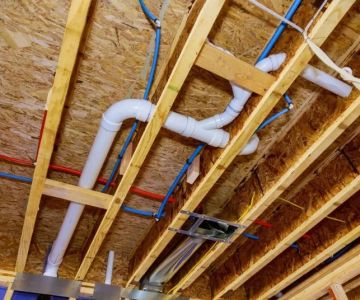
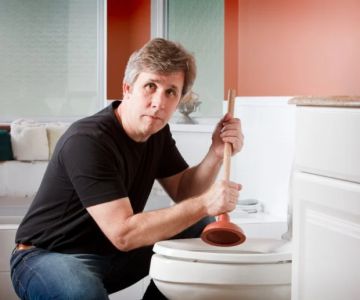
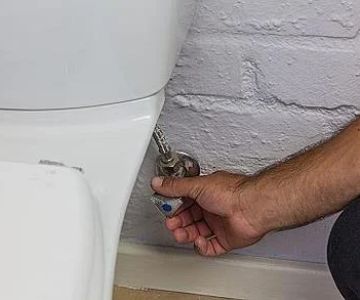
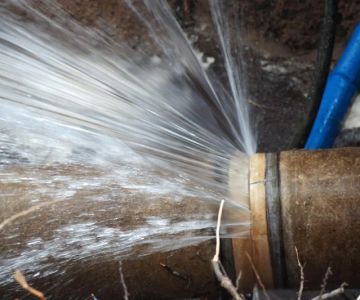
 B Kuhl Plumbing0.0 (0 reviews)
B Kuhl Plumbing0.0 (0 reviews)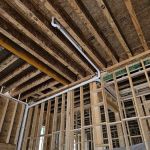 DAD'S Plumbing4.0 (52 reviews)
DAD'S Plumbing4.0 (52 reviews)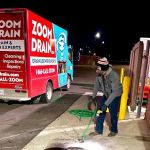 Zoom Drain4.0 (30 reviews)
Zoom Drain4.0 (30 reviews)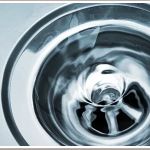 Rapid Response Sewer & Drain LLC4.0 (80 reviews)
Rapid Response Sewer & Drain LLC4.0 (80 reviews)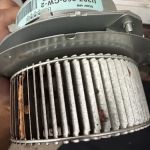 Water Heater Experts | Mooresville NC Plumbers4.0 (141 reviews)
Water Heater Experts | Mooresville NC Plumbers4.0 (141 reviews)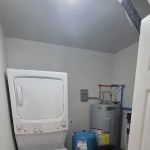 Mastercraft Plumbing4.0 (38 reviews)
Mastercraft Plumbing4.0 (38 reviews)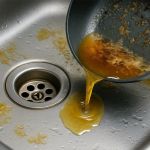 What Happens When You Pour Grease Down the Drain
What Happens When You Pour Grease Down the Drain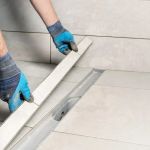 How to Replace an In-Wall Shower Drain: Step-by-Step Guide
How to Replace an In-Wall Shower Drain: Step-by-Step Guide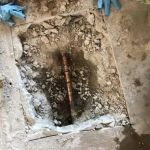 How to Detect a Hidden Slab Leak: A Complete Guide for Homeowners
How to Detect a Hidden Slab Leak: A Complete Guide for Homeowners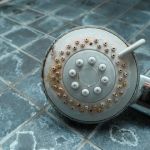 How to Effectively Clean Residue and Scale from Faucets and Showerheads
How to Effectively Clean Residue and Scale from Faucets and Showerheads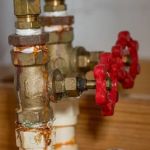 How to Eliminate Corrosion in Hard Water Homes
How to Eliminate Corrosion in Hard Water Homes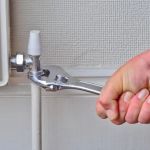 Why Your Pipes Rattle at Night and What to Fix
Why Your Pipes Rattle at Night and What to Fix